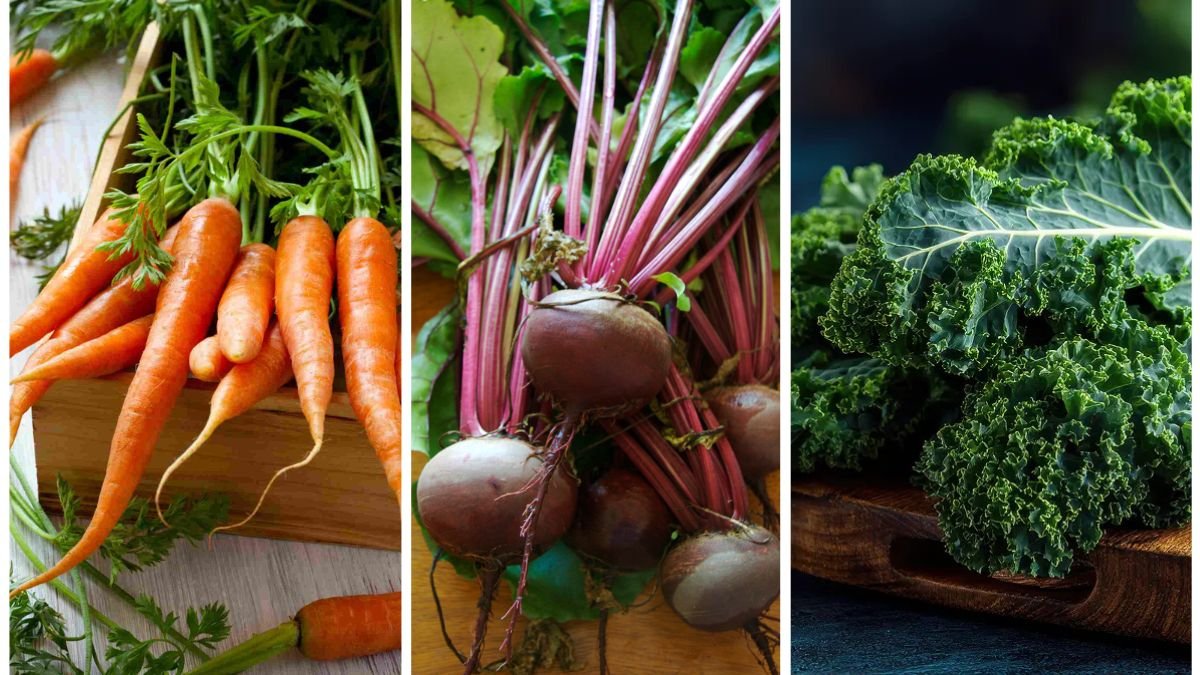One of the fascinating aspects of gardening is how temperature changes affect the taste of vegetables. While most plants slow their growth or suffer damage when the weather turns chilly, certain vegetables actually benefit from the cold. When nights become crisp in late fall, some crops undergo a natural chemical transformation that enhances their flavor. These cold-tolerant vegetables become sweeter, crisper, and more enjoyable to eat after a frost.
This article explores five vegetables that improve their flavor after cold nights, explains the science behind this transformation, and offers tips on how to grow and harvest them for the best results.
Why Cold Nights Make Some Vegetables Taste Better
When temperatures drop, plants experience stress that triggers physiological changes. For many cool-weather crops, especially root vegetables and leafy greens, cold stress activates a survival mechanism:
- Conversion of starches into sugars: To prevent ice crystals from damaging plant cells, vegetables convert stored starch into sugar, which acts as a natural antifreeze.
- Enhanced sweetness and flavor: The buildup of sugars in leaves or roots results in sweeter, milder, and more complex flavors.
- Slowed growth with improved quality: Plants mature more slowly in cooler weather, which allows flavor to develop more fully without bitterness.
This process explains why some vegetables harvested after the first frost taste significantly better than those grown in summer.
1. Kale
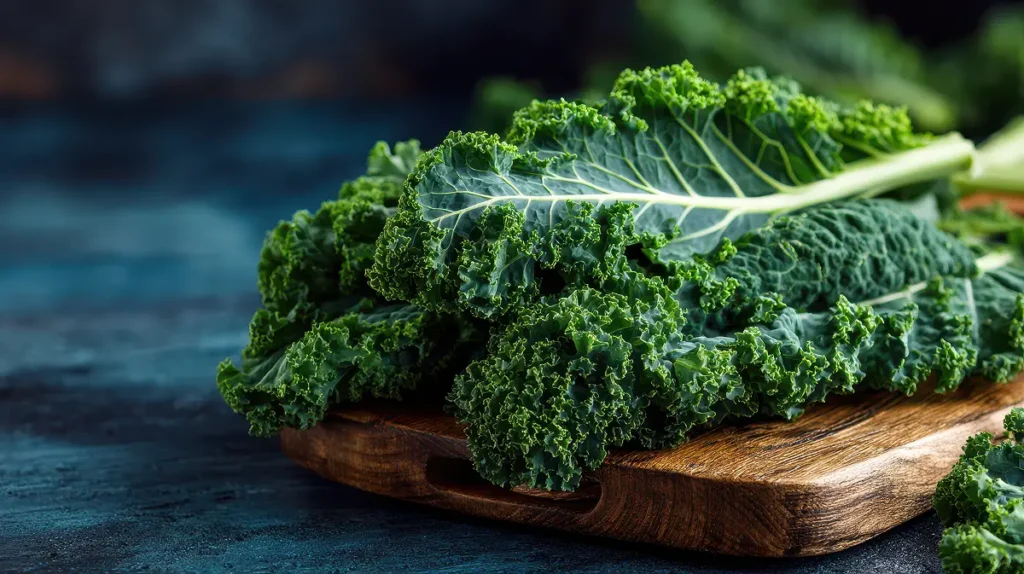
Kale is one of the most well-known vegetables that becomes sweeter after exposure to frost.
Why Kale Improves After Cold Nights
As temperatures dip, kale’s starch reserves break down into simple sugars. These sugars not only prevent frost damage but also reduce the natural bitterness of kale’s leaves. Many gardeners claim that kale harvested after a frost is almost like a completely different vegetable—milder and sweeter.
Growing and Harvesting Tips
- Planting Time: Sow kale in late summer for a fall and winter harvest.
- Cold Tolerance: Kale can withstand temperatures as low as 20°F (-6°C), making it ideal for late-season gardening.
- Harvesting: Pick the outer leaves first, allowing the inner ones to continue growing. Wait until after a few frosts for the best flavor.
- Culinary Use: Post-frost kale is excellent in salads, sautéed with garlic, or blended into soups and stews.
2. Carrots
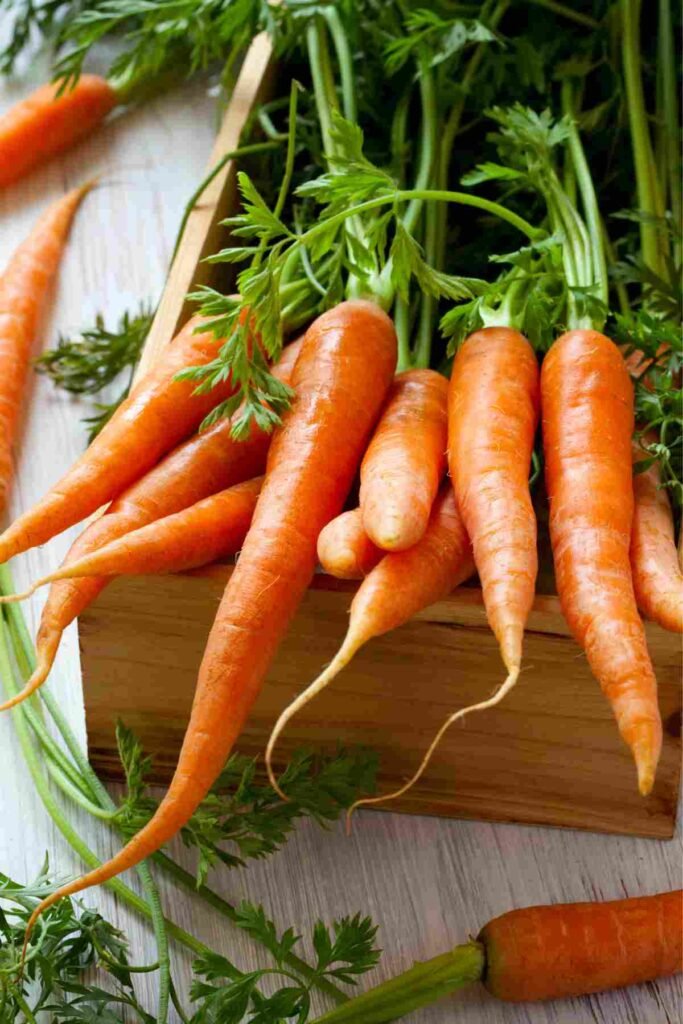
Carrots are another classic example of a vegetable that transforms after cold nights.
Why Carrots Improve After Cold Nights
In warm weather, carrots store starches in their roots for growth. Once exposed to cold, these starches turn into sugars, making carrots sweeter and more flavorful. This natural sweetness is especially noticeable in raw carrots harvested in late fall or early winter.
Growing and Harvesting Tips
- Planting Time: Sow carrots in late summer to allow them to mature in fall.
- Cold Tolerance: Carrots can tolerate light frost and even survive under mulch in frozen ground.
- Harvesting: Leave carrots in the ground until after the first frost for maximum sweetness. Cover with straw or leaves if the soil freezes hard.
- Culinary Use: Frost-sweetened carrots are delicious roasted, glazed, or eaten raw as a crisp snack.
3. Brussels Sprouts
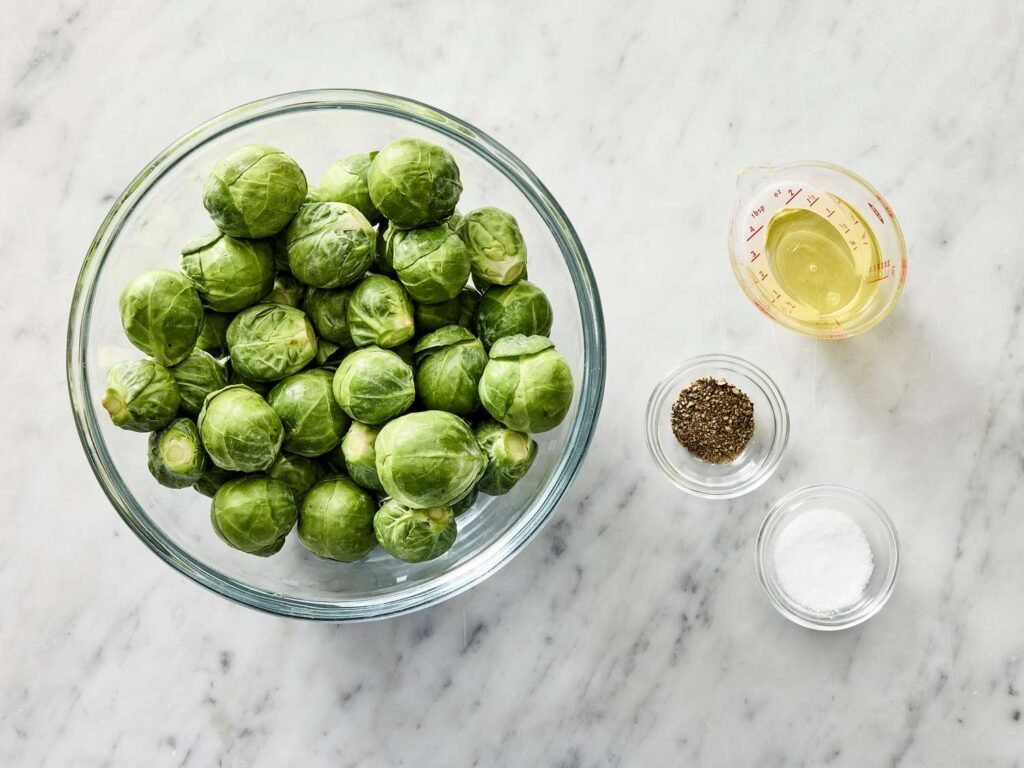
Brussels sprouts are famous for their flavor transformation after a few frosts.
Why Brussels Sprouts Improve After Cold Nights
Cold weather reduces the cabbage-like bitterness in Brussels sprouts, replacing it with a nutty, sweet taste. This is why late-season harvests produce much more palatable sprouts compared to those picked earlier.
Growing and Harvesting Tips
- Planting Time: Start Brussels sprouts in midsummer so they mature in fall.
- Cold Tolerance: They thrive in cool weather and can survive freezing nights.
- Harvesting: Pick sprouts from the bottom of the stalk upward, ideally after the first few frosts.
- Culinary Use: Roast with olive oil, sauté with garlic, or caramelize in the oven to highlight their post-frost sweetness.
4. Spinach
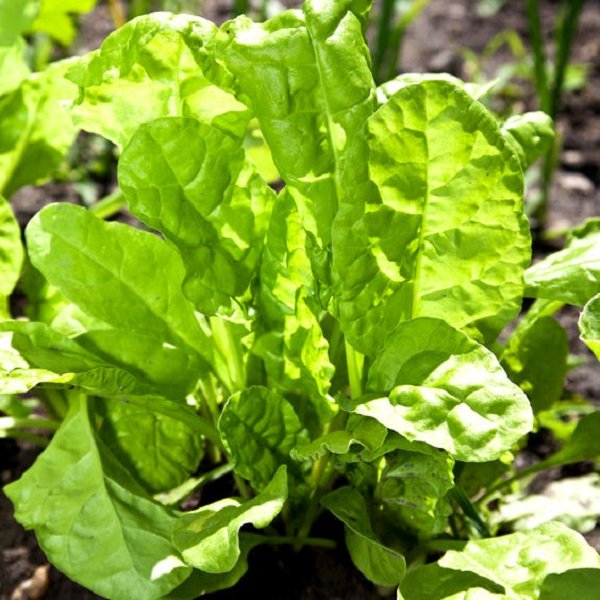
Spinach, already a nutrient-dense green, becomes remarkably sweeter in the cold.
Why Spinach Improves After Cold Nights
Like kale, spinach increases its sugar content during cold weather to protect itself from frost damage. This sugar surge softens the sharp, sometimes metallic taste spinach has in summer, making it much more enjoyable raw or cooked.
Growing and Harvesting Tips
- Planting Time: Sow spinach in late summer or early fall for a steady autumn harvest.
- Cold Tolerance: Spinach tolerates frost well and can survive through winter in many regions with mulch or row covers.
- Harvesting: Pick outer leaves regularly to encourage continued growth. Harvest after frost for the sweetest flavor.
- Culinary Use: Enjoy raw in salads, sauté lightly, or add to soups where its sweet notes shine.
5. Beets
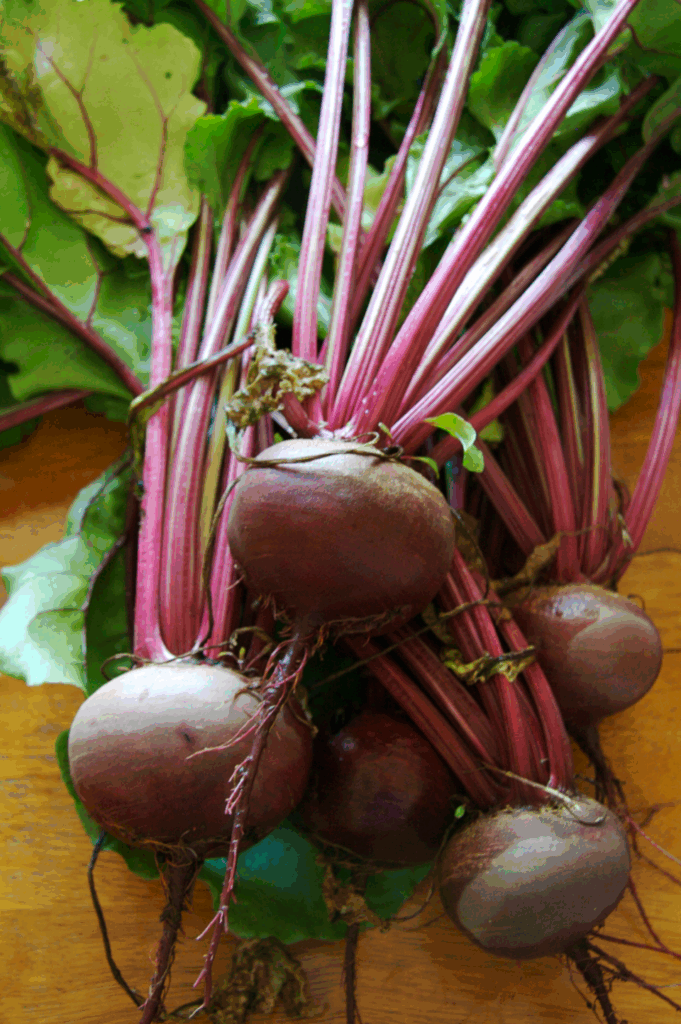
Beets are another root vegetable that develops sweeter flavor when grown in cooler temperatures.
Why Beets Improve After Cold Nights
Like carrots, beets store starch in their roots. Cold nights convert those starches into sugars, enhancing both the earthy flavor and sweetness of the roots. Beet greens also benefit from frost, becoming less bitter.
Growing and Harvesting Tips
- Planting Time: Sow beets in late summer for a fall harvest.
- Cold Tolerance: Beets can tolerate light frosts and even mild freezes, though roots should be harvested before the ground freezes solid.
- Harvesting: For the sweetest beets, wait until after a couple of frosts. Mulching helps keep soil workable for harvesting.
- Culinary Use: Roast, steam, or pickle frost-sweetened beets. Their greens can be sautéed or added to soups.
How to Maximize Flavor in Frost-Sweetened Vegetables
If you want the best taste from these vegetables, timing and protection matter. Here are some tips:
- Plant Late in Summer: Aim for crops to mature around the time of the first frost in your region.
- Use Mulch: Insulate roots like carrots and beets so they can remain in the ground longer.
- Harvest at the Right Time: Wait until after a couple of frosts to pick leafy greens or root vegetables.
- Provide Light Protection: Use row covers or cold frames to shield plants from severe freezes while still allowing them to benefit from chilly nights.
- Taste Test: Experiment by tasting vegetables before and after frost—you’ll notice the difference immediately.
Conclusion
Cold nights don’t have to signal the end of your garden harvest. In fact, they can be the secret ingredient to better-tasting vegetables. Kale, carrots, Brussels sprouts, spinach, and beets all undergo a natural transformation when exposed to frost, converting starches into sugars and improving flavor dramatically. By planting these crops with cold weather in mind, you can enjoy sweeter, more delicious harvests well into the late fall and early winter.
Understanding how and why certain vegetables improve after frost not only helps you become a more skilled gardener but also deepens your appreciation for the relationship between climate and flavor. With thoughtful planning and care, your garden can continue to provide fresh, flavorful produce long after summer has ended.
